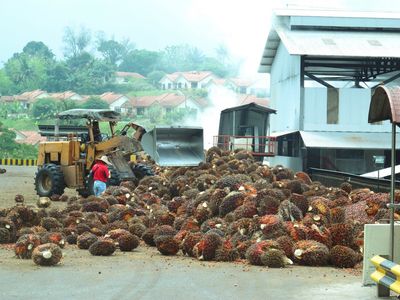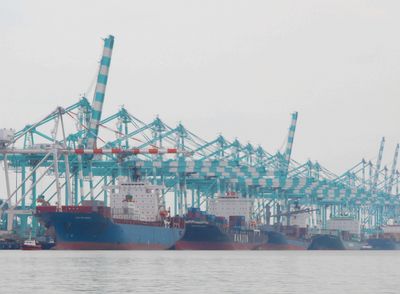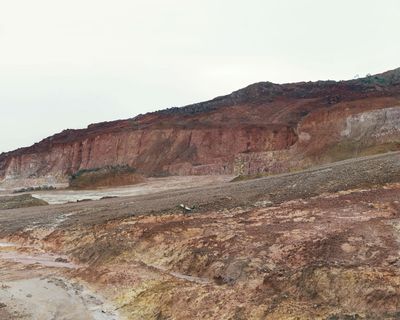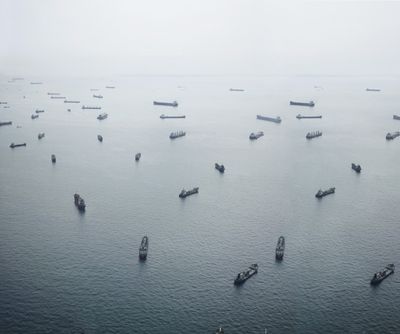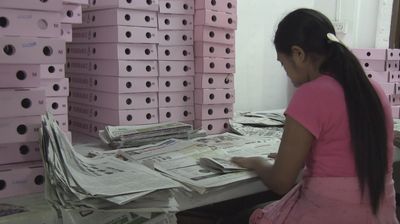Hinterland (1/2)
Productive Territories
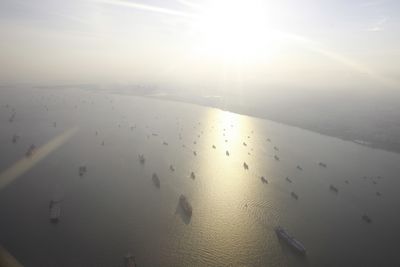
At first glance, Singapore is a wealthy metropolis with a sparkling urban organisation, impeccable social order and a world-class skyline. But this image is anything but complete. For decades, the city-state’s expanding economy has required more space and labour beyond its 680 square Kilometers territorial limits. Mirroring the growth of Singapore, fast growing “support cities” within the Malaysian and Indonesian borders are characterised by young populations of migrant workers, vast sites of global manufacturing industries, by dynamism and by uncertain futures.
During the ETH spring semester 2012, the investigation of Singapore’s hinterland was conducted under the theme of Productive Territories. These are the territories and corresponding organisational forms of economy that function in the fragmented tri-national situation, thriving on the wealth gap and other socio-economic and political differences among the neighbouring countries.
The investigations describe and contest the forms and the rules of urbanism in Singapore’s productive hinterlands on three different territories: The Riau Islands Province (Indonesia), the Strait of Singapore (Indonesia, Singapore, Malaysia), and Johor State (Malaysia).
Thesis Elective
LANDSCAPE VIDEO
How to see, describe, analyse and even construct an urban landscape through moving images? Looking trough the camera lens and sampling what we see into an urban video reportage, we will explore and document the fragmented landscapes of Singapore’s borderlands. At the same time, the explorations will lead to questions on the cultural aesthetics and the hidden ideologies of images. Video artist Susanne Hofer will give us virtual support from Zurich. Photographer Bas Princen and video artist Marc Westhof are invited workshop tutors. In collaboration with professor Christophe Girot.
Seminar Week
HONG KONG – SHENZHEN
In many ways, the linked growth of Singapore and its neighbouring cities, Batam and Johor, brings to mind Hong Kong and Shenzhen some years earlier. In 1979 Shenzhen, then a fishing village, was declared China’s first special economic zone, and grew rapidly, serving as Hong Kong’s productive hinterland. Today however, the roles are changing. Going from Hong Kong’s vertical factories to Shenzhen’s urban villages, we will search for the sites and the stories of the twin-cities.

